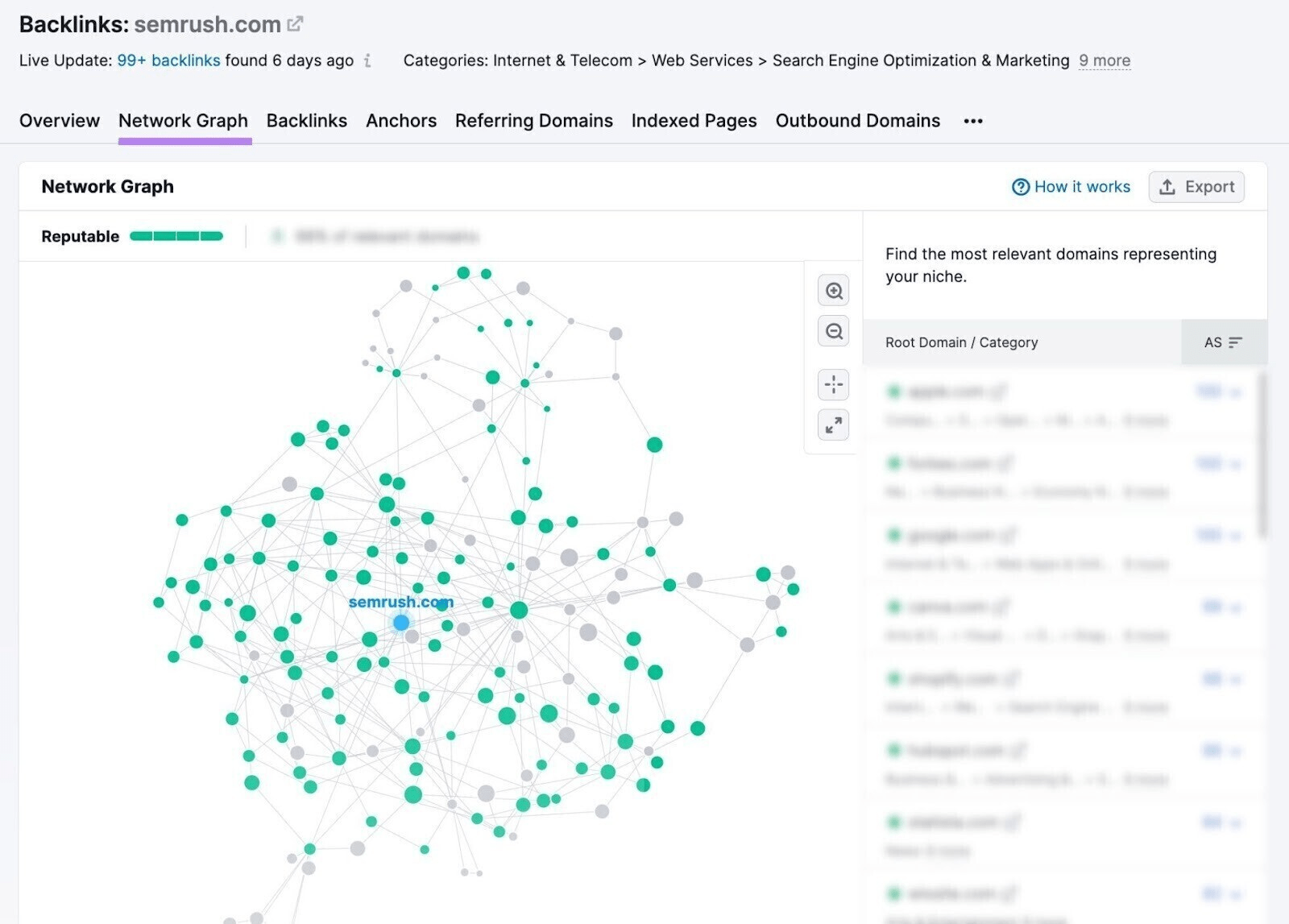We all know how important backlinks can be to that SEO juice for your website, but, have you ever wondered if there’s a way to give backlinks to yourself? This is exactly what PBNs or (Private Blog Networks) do. A PBN is a network of websites that are secretly controlled by an individual or company. The sole purpose of these websites is to create artificial backlinks that point towards a primary website, in an attempt to boost its rankings.
Why do people use PBNs?
People use PBNs because the potential benefits of using PBNs are tempting:
- Faster Results: PBNs can offer a perceived shortcut to higher rankings, especially for new websites struggling to gain visibility.
- Control: With a PBN, you have full control over the backlinks created – the anchor text, the placement, and the quality of the linking sites (at least in theory).
But, there are downsides to it as well, a lot of them. We’ll get to them in a bit.
First, let’s take a deeper dive into what is a PBN.
A more detailed look into PBN:
A Private Blog Network (PBN) is a collection of websites under the control of an individual or entity. Unlike legitimate networks of websites, PBNs are built with the express purpose of manufacturing backlinks to artificially inflate the search engine rankings of a specific website (the “money site”).
PBNs often involve websites that appear unrelated but share hidden connections, such as similar IP addresses, hosting providers, or registration details.
Let’s take a deeper dive into how PBN works.
How PBNs Work
- Acquiring Domains: The foundation of a PBN lies in obtaining websites. There are two primary ways this is done:
- Expired Domains: People setting up PBNs will search for expired domains that previously had some level of authority (good backlink profiles, age, etc.). These domains are then purchased and revived.
- Buying Existing Sites: Sometimes, existing but neglected websites are purchased to be repurposed as part of a PBN.
- Content Creation: Once domains are secured, the next step is populating them with content. The quality of this content is often very low, as its main function is to house backlinks rather than provide genuine value to readers.
- Thin or Scraped Content: Articles might be short, poorly written, or even scraped from other sites.
- Strategic Linking: The heart of a PBN is the calculated placement of backlinks within the content. These backlinks will:
- Target the Money Site: All the PBN websites will link back to the primary website they’re designed to boost.
- Manipulate Anchor Text: The anchor text (the clickable text of the link) is often optimized with target keywords to further influence rankings.
The Goal: Through this network of seemingly independent websites, the PBN provides a stream of backlinks, designed to make the target website appear more authoritative in the eyes of search engines.
Are PBNs safe?
The clear and short answer is a big fat “NO”. PBNs are a clear violation of google’s webmaster guidelines Google’s guidelines explicitly state that any links intended to manipulate rankings are considered link schemes, which PBNs fall squarely into. This means using PBNs is a direct gamble against Google’s rules.
If Google detects your PBN, the consequences can be severe:
- De-indexing of PBN Sites: Your entire network of PBN sites could be removed from Google’s search results, obliterating your investment of time and resources.
- Devaluation of Links: Even if not fully de-indexed, the links from your PBN will likely be rendered useless, having no positive (or even negative) impact on your target site’s rankings.
- Manual Actions Against the Primary Website: In the worst-case scenario, your main website, the one you were trying to boost, could receive a manual penalty. This can lead to a significant drop in rankings or even complete removal from search results.
Here’s how you can identify a PBN
- Poor Quality Content: PBN sites often prioritize link placement over genuine content value. Look for:
- Thin, generic articles lacking depth
- Content that’s poorly written or grammatically incorrect
- Scraped or spun content (copied from elsewhere with slight changes)
- Unnatural Anchor Text Profiles If a site is heavily linking to another site using overly optimized keyword-rich anchor text, it’s a red flag. Natural backlink profiles have variety, including brand names and contextual phrases, not just target keywords.
- Sites Sharing Similar IP Ranges or Hosting Details: PBN owners often try to cut costs by placing multiple sites on the same server or IP range. Tools (which I’ll mention below) can help you uncover these connections.
You can also Identify PBNs using tools like Semrush:
To check if a particular website has backlinks from PBNs, use Semrush’s Backlink Analytics tool.
Open the tool, enter the website URL, and click “Analyze.”
Then, go to the “Network Graph” tab. You’ll see a color-coded graph depicting a backlink network.

If you see red dots in the network, this means the website is using PBNs and violating Google’s guidelines.
What’s the safer alternative to a PBN:
Linkly can be a safer alternative to PBNs, with the help of Linkly a community of 2500+ white-hat link builders you can make the process of link exchange easy and convenient.
Linkly saves you valuable time by curating link-building opportunities. No more scouring the web – find high-quality, white-hat websites ready to collaborate, all vetted by our team.
